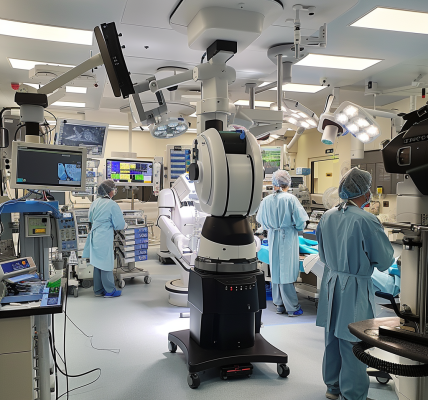Researchers have made a groundbreaking discovery in the field of neuroscience, shedding light on the unique development of blood vessels in the brain. This revelation challenges long-held beliefs about vascular formation and has significant implications for the treatment of neurological diseases.
The study, led by Prof. Benoit Vanhollebeke and his team at the Université libre de Bruxelles, uncovered a specific enzyme crucial for the invasion of blood vessels into the brain. This finding links the formation of cerebral vessels directly with the establishment of the blood-brain barrier, a vital protective mechanism for the brain.
Unlike blood vessels in the rest of the body, the development of brain blood vessels follows distinct and unprecedented rules. The researchers identified the presence of a specific enzyme in cerebral vessels, essential for their invasion into the brain. This discovery, published in Nature, challenges the conventional understanding of vascular formation.
Prof. Vanhollebeke highlights the significance of the study, emphasizing the functional alignment between the birth of brain vessels and their specific properties, particularly the blood-brain barrier. This barrier plays a crucial role in protecting the brain from harmful substances circulating in the blood.
The implications of this discovery are far-reaching, offering new hope for developing targeted treatments for neurological diseases by manipulating the unique mechanisms governing cerebral blood vessels. This holds promise for addressing the significant need for effective therapeutic strategies targeting the brain’s vasculature.
Cardiovascular diseases, such as myocardial infarction and stroke, are the leading cause of global mortality, claiming approximately 18 million lives annually. Understanding the development and function of the cardiovascular system is crucial in addressing this public health challenge.
The research conducted by Prof. Vanhollebeke’s team provides valuable insights into the intricate mechanisms underlying brain blood vessel development. This breakthrough not only enhances our understanding of the cardiovascular system but also opens new pathways for developing targeted treatments for neurological diseases.





